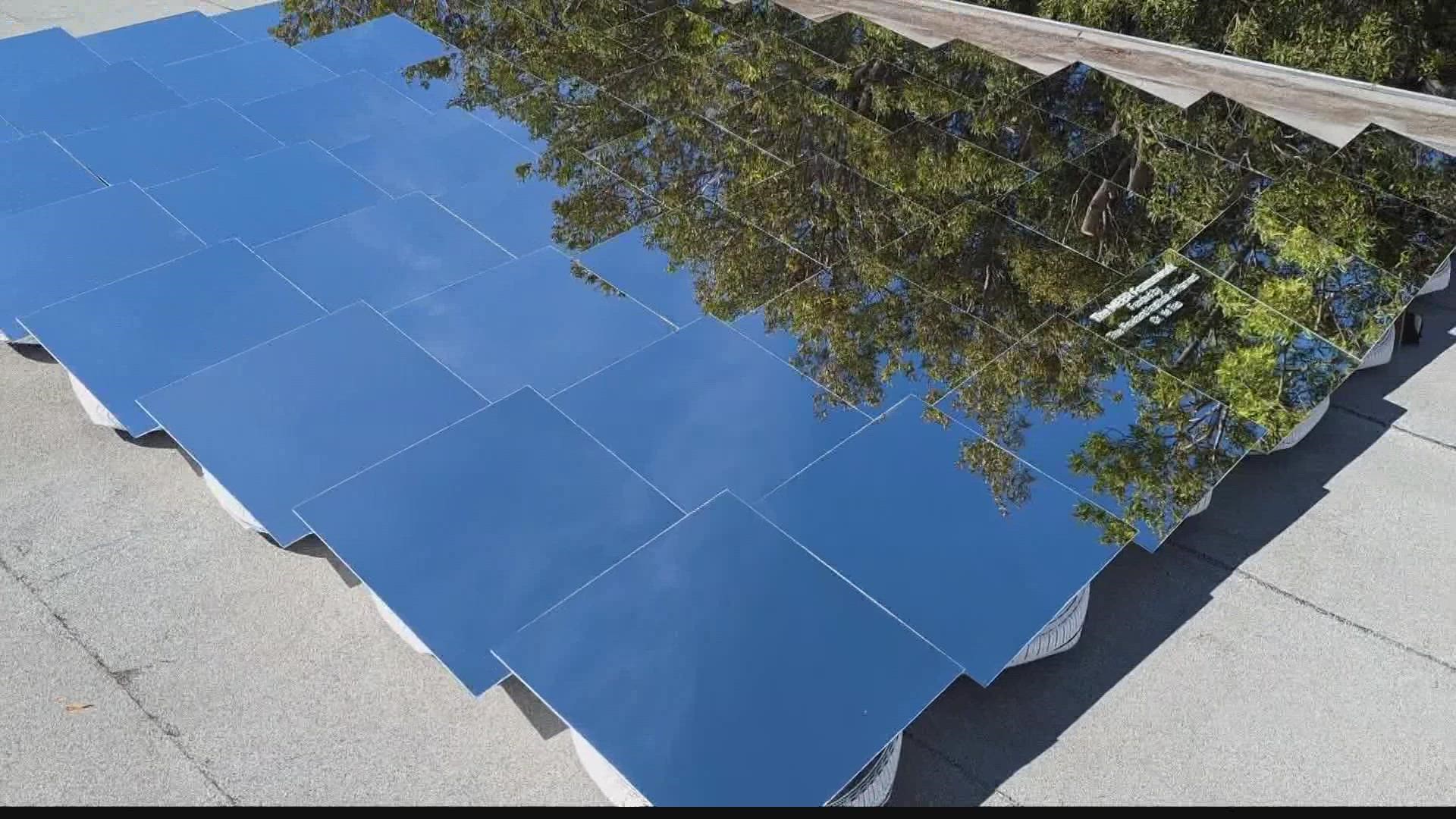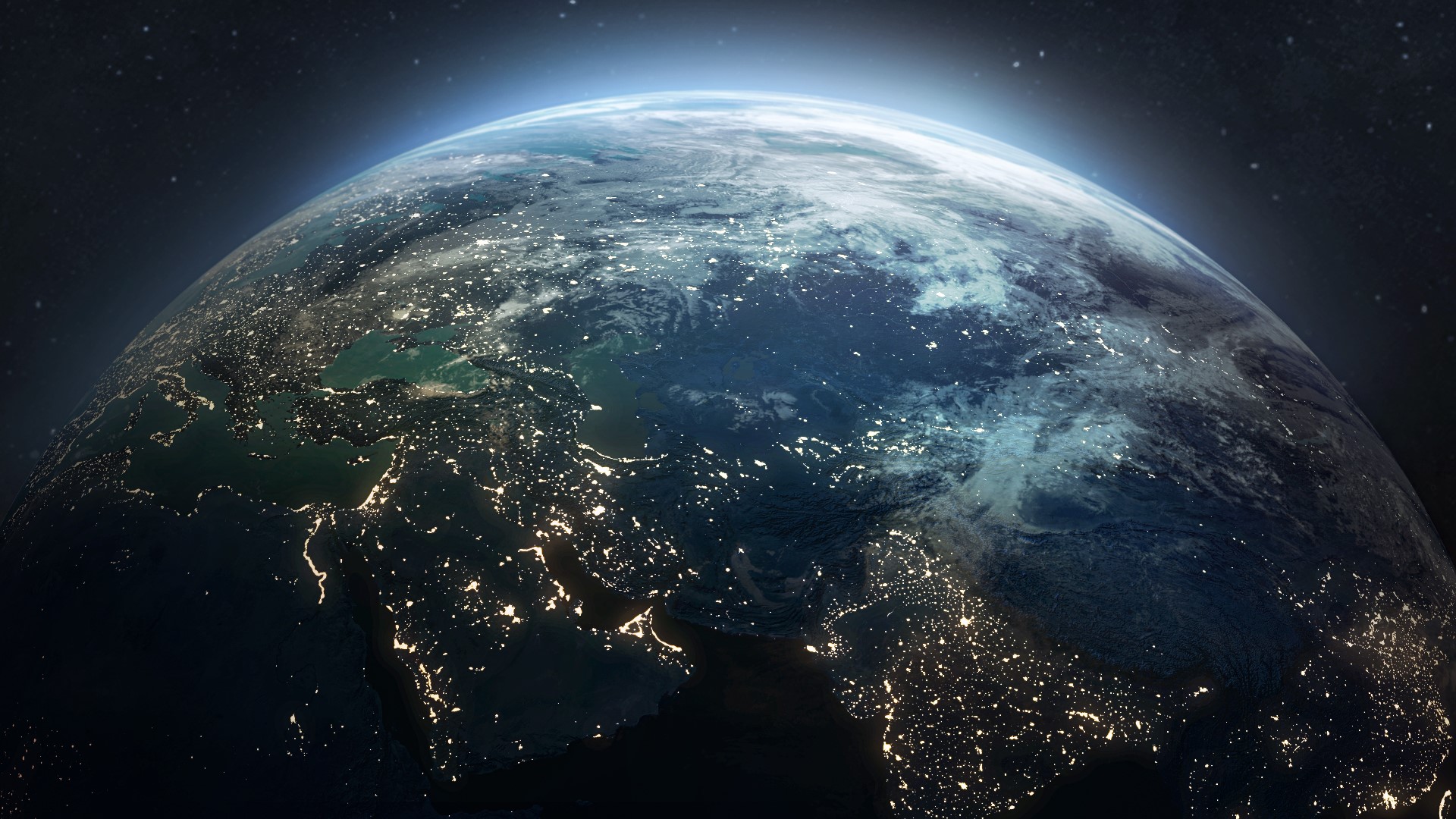PHOENIX — By all measures, Ye Tao should be living a comfortable life with a large salary.
Tao’s resume includes a doctorate in chemistry from MIT and five years leading a nanotechnology research lab at Harvard. Such credentials lead to cushy tenures in academia and lucrative contracts in the corporate world.
But the 36-year-old experimental physicist and son of Chinese immigrants is living off his savings in a studio apartment in Albania, which he points out is a fraction of the rent compared to Boston. From his laptop, Tao runs the nonprofit MEER.Org, an operation dedicated to researching and installing reflective surfaces in farmlands, open spaces and rooftops worldwide.
“It would be nice to have a salary and to have medical insurance,” Tao said smiling. He recently injured his pectoral muscle and hasn’t been able to get proper medical attention.
Yes, medical insurance would be nice. But Tao is focused on what the scientific community has overwhelmingly concluded is the greatest existential threat to mankind: the global warming crisis.
“We are in very deep trouble…”
“It’s a calling. It’s a very basic ethical decision,” Tao said when asked why he has dedicated his life to this cause. “Knowing what I know and having had the privilege of attending the institutions and schools that I have attended.”
Tao developed the concept behind MEER, or Mirrors for Earth's Energy Rebalancing, after a period of despair in 2017 and 2018. He watched a lecture about the research behind climate change and spent a year researching for himself subjects like ecology, climate science and animal tolerance to heat.
“I basically came to the same conclusion that we are in very deep trouble on multiple fronts,” Tao said.
According to the World Meteorological Organization, each decade since the 1980s has been warmer than the previous one, and the last seven years have been the hottest ever recorded on earth. Human activities, primarily fossil fuel emissions, have increased the concentration of greenhouse gases in the earth’s atmosphere, warming the planet.
Focusing on the heat problem
Efforts surrounding climate solutions typically focus on reducing CO2 emissions. Tao’s approach separates the CO2 problem from the heat problem and focuses on heat. A MEER explainer video discusses why addressing the CO2 problem alone is not enough.
“It’s too late to rely solely on efforts to reduce carbon emission levels. It will take too long,” Tao said, adding that “active cooling measures” that can be deployed now are needed.
“Using specular solar reflectors to modify reflectivity and heat absorption at the planet’s surface is the only scalable solution that is ready to be deployed today,” the video states.
In other words, deploying mirrors and other reflective surfaces could be the answer.
Going all-in on the cause
Tao said his days are spent coordinating about 30 volunteers worldwide and consulting online with experts in fields like forestry, ecology and climatology. He’s paying out-of-pocket for students who need materials and work permits. He said he travels when necessary and attended a materials science conference in Germany in June to recruit materials experts.
“My friends are very supportive. Many are professors at different institutions,” Tao said.

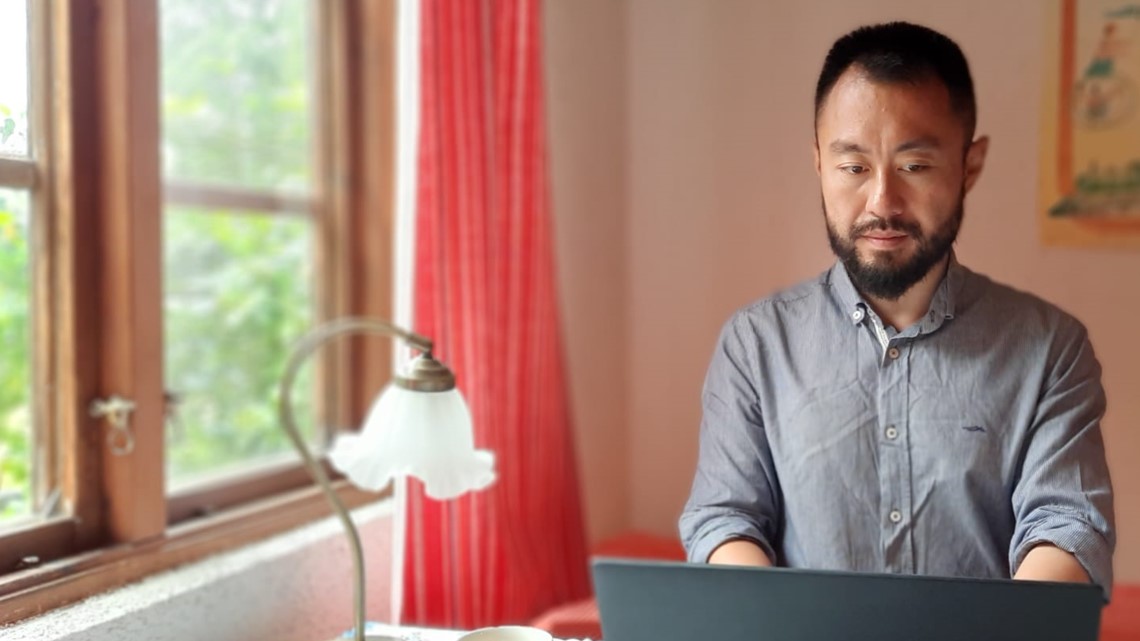
His parents have been more reluctant.
“They are very traditional. They would rather have a peaceful family life and to really give yourself, put yourself out there for something that in all likelihood might not even have an eventual world impact is difficult for my parents to come to terms with,” Tao said.
But he said they are gradually coming to terms with his decision as they’ve observed the signs of climate change through extreme weather events.
“It’s a process,” Tao said.
“Short-circuiting” the Greenhouse Effect
Sunlight converts into heat when it hits an object. But if it hits a mirror, the light photons bounce back into space with 70-80% efficiency.
Reflective technology is already used to counter the heat island effect. The City of Phoenix has launched initiatives to cover some streets with reflective paint.
Scientists have also considered injecting aerosols into the stratosphere as a way to reflect sunlight back into space and counter-act global warming. But skeptics say there is too much uncertainty about how aerosols would interact with the environment.
“We are certain to reduce the efficiency of renewables if we are going to block out the sky up high,” Tao said in reference to aerosols.
The idea behind MEER is to manufacture mirrors and polymer reflective films made from recycled materials on a broad scale to allow civilizations and communities to selectively reflect sunlight back into space.
“For something this grand, we really need the participation of everybody and it has to be grassroots and democratic and decisions have to be made from informed citizens around the world who have personal experiences with these devices,” Tao said.
How it would work
Applying the theory to a lettuce field in southern Arizona would involve mounting rectangular mirrors one meter above the soil. Longer mirrors would stretch along the north-south axis. Narrower mirrors would be along the east-west axis, based on how shadows are cast across the land.
“Column spacing of two to three meters in some cases would allow machines to travel in the harvest process,” Tao said.
The strategically located mirrors would cool the soil and surrounding air, preventing water evaporation.

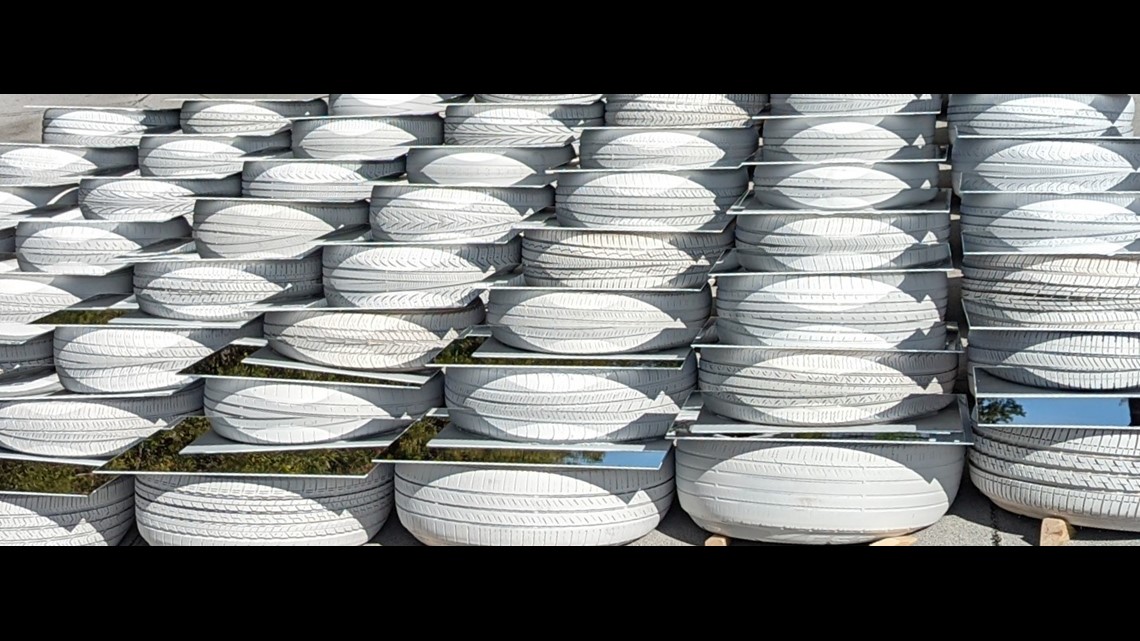
Yao calls it a way to “short-circuit the greenhouse effect.”
“So if we can basically protect the productivity of agricultural land and at the same time do this global energy rebalancing, that would be an ideal outcome,” Tao said.
MEER volunteers worldwide are conducting experiments in fields and on homes using reflective shingles. They are measuring the impact of reflective structures on soil and air temperature.
“We are also very busy engineering a very detachable post with mirrors so farmers could attach on-demand as needed,” Tao said.
The vision is that within a few decades, mirrors are commonplace worldwide, covering 10-20% of agricultural lands and dotting civilizations everywhere.
“The eventual application of this is really to tackle global warming,” Tao said. “But we really need to demonstrate safety and co-benefits at small scale before we can even present that option for debate. So we are really focused on these local implementations.”
Volunteers and start-ups welcome
The MEER movement is intended to be just that, a movement.
“It would be nice if climate change could be tackled from the ground-up rather the top-down through corporate control,” Tao said.
The business world is filled with “greenwashing” products touted as solutions to climate change. Tao says he is determined to keep powerful interests from hijacking MEER ideas “to perpetuate exploitive systems that have gotten us to this point.”

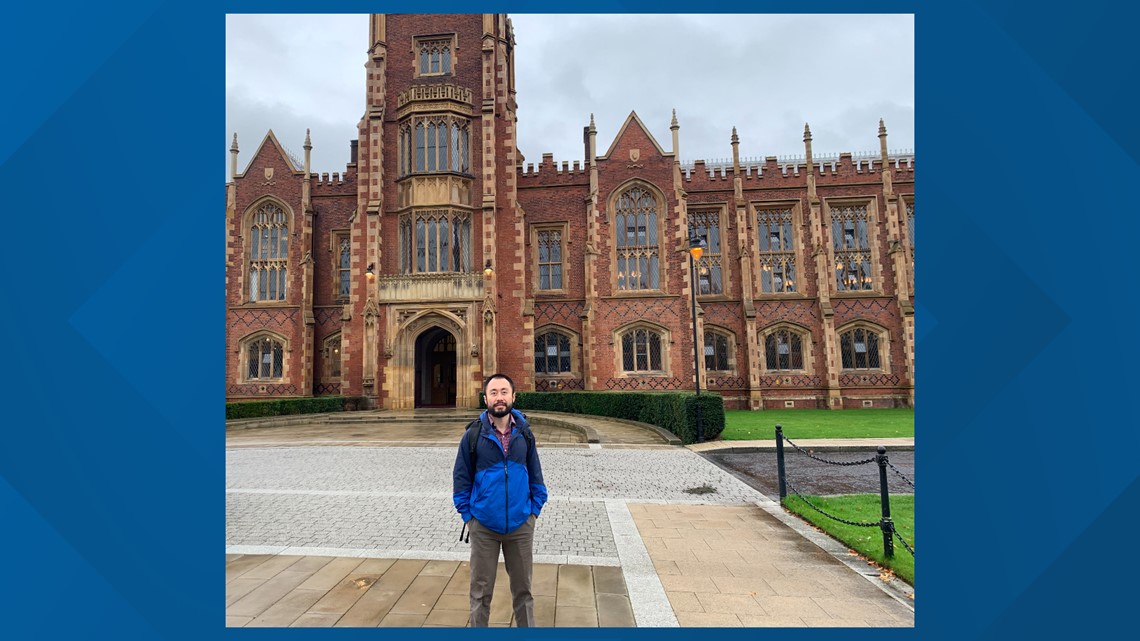
Large, scalable aspects of MEER’s research will be open-sourced and nonprofit. Tao does not want to privatize the knowledge. However, some key technical details will be patented in order to stop for-profit ventures from monopolizing them.
“There are components of the Meer technologies that are suitable for small at-profit ventures,” Tao said. “We are happy to talk to people who want to help us on that front. But the larger concept is for global benefit.”
MEER research is underway in New Hampshire, California, India and Africa.
The invitation is open to Arizona colleges to study how reflective surfaces cool arid spaces.
“It would be perfect if we could recruit people in the environmental science and geoscience in Arizona,” Tao said.
Arizona Weather
Arizona has seen its fair share of severe weather. Here is a compilation of videos from various storms across the Grand Canyon state.

